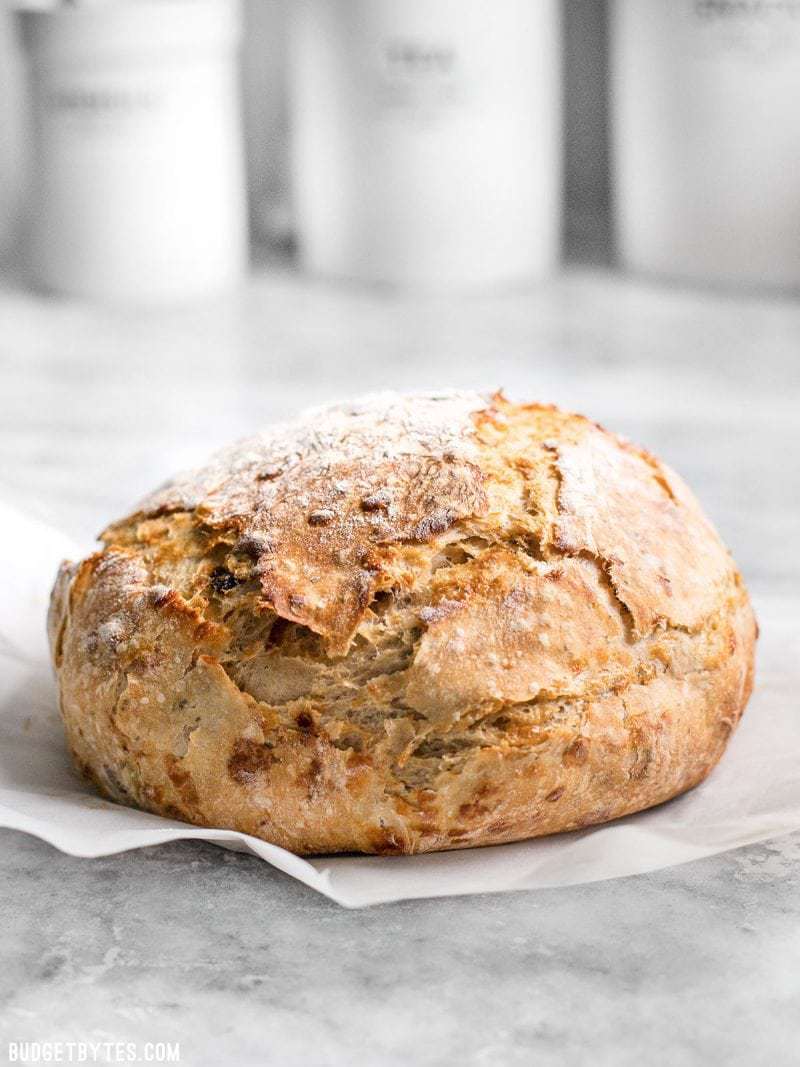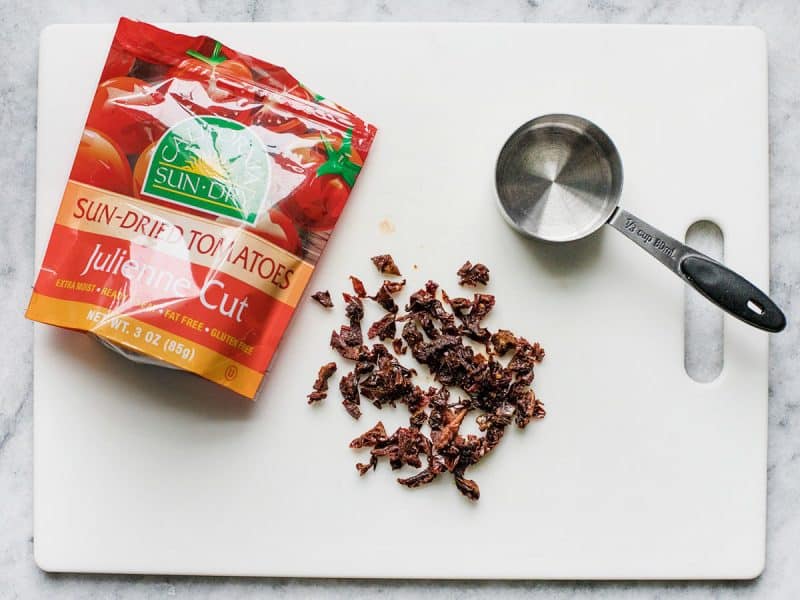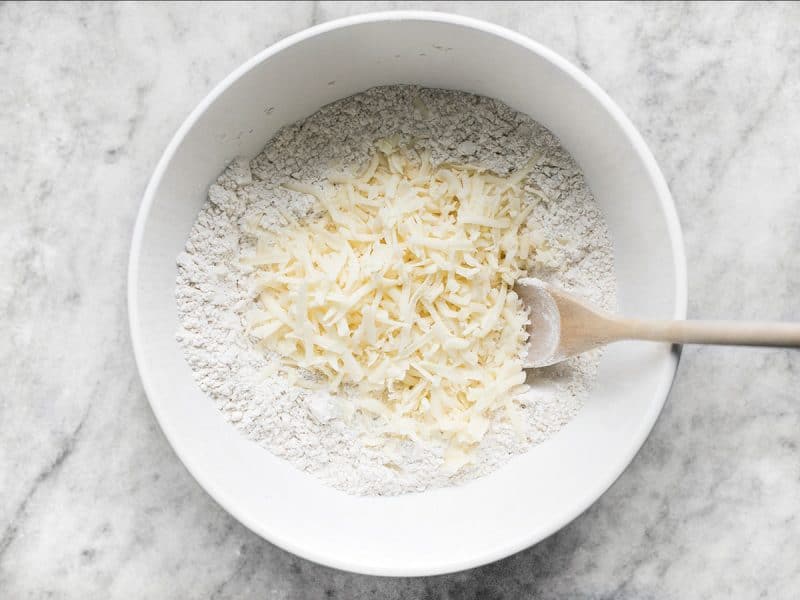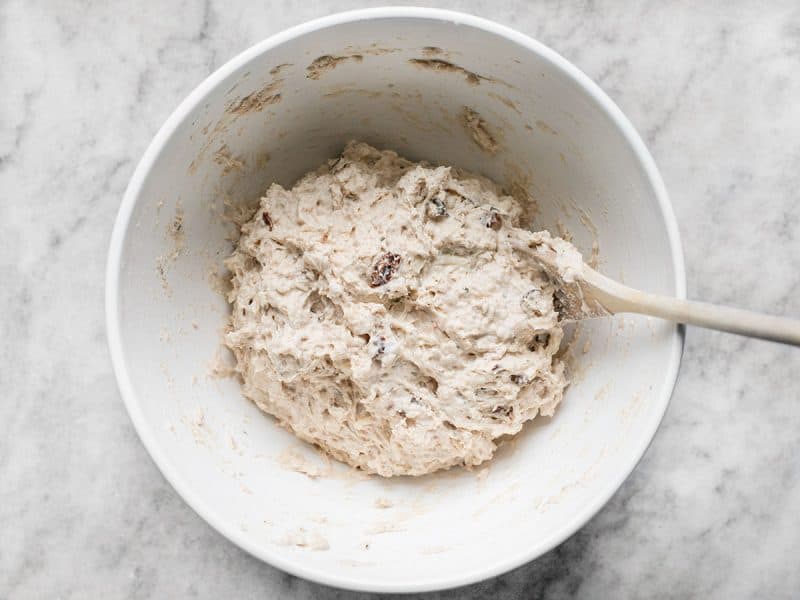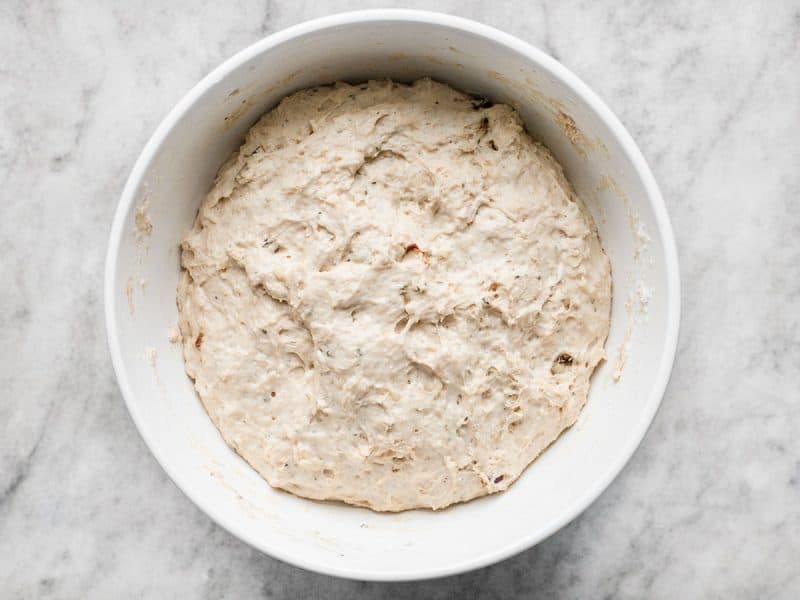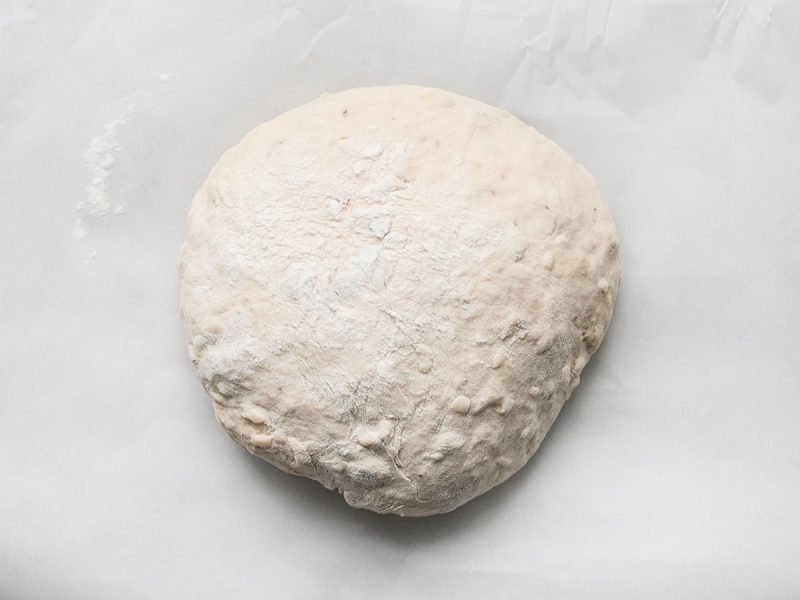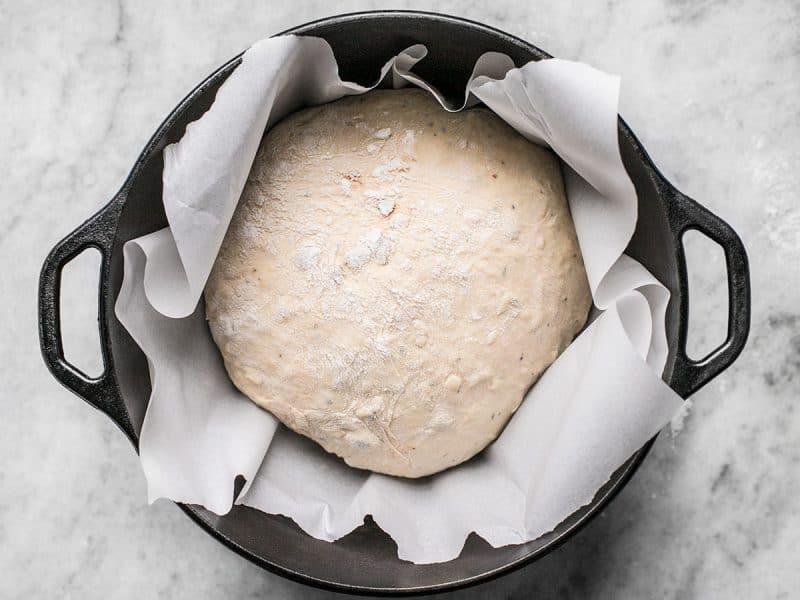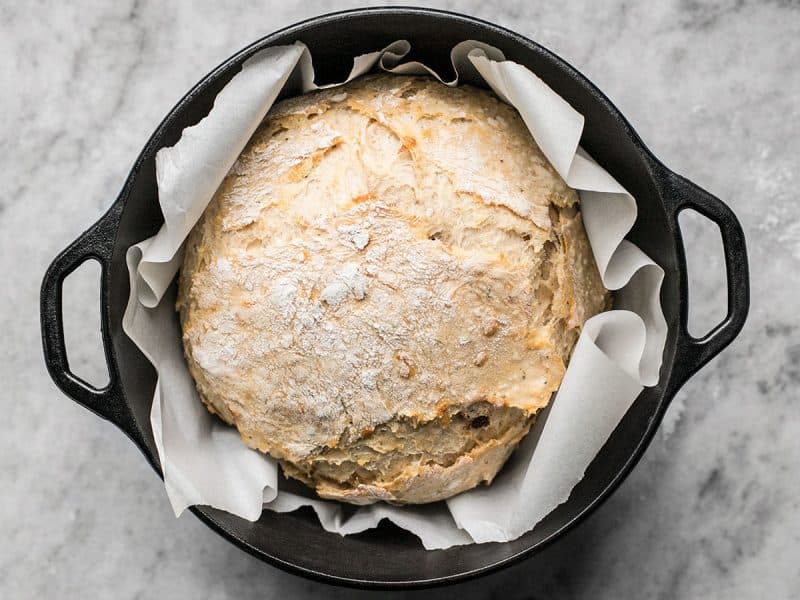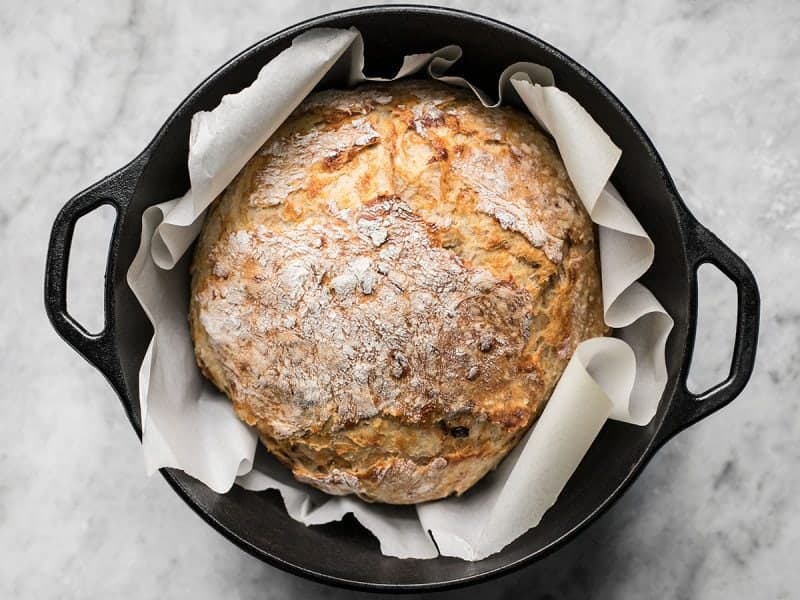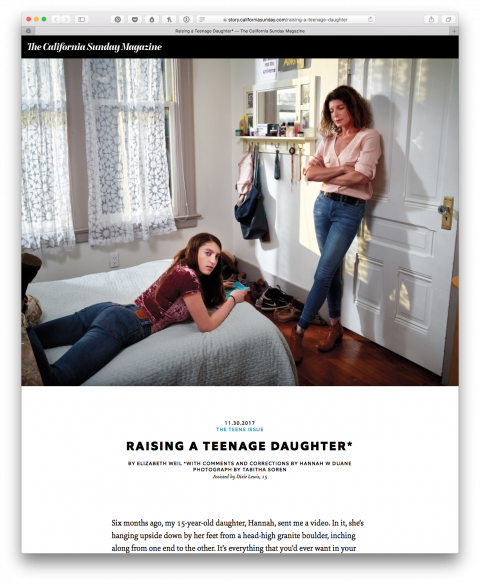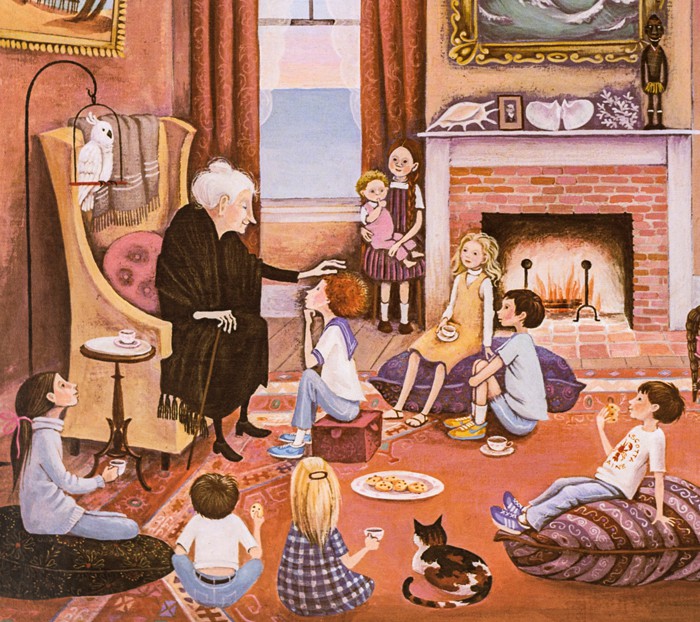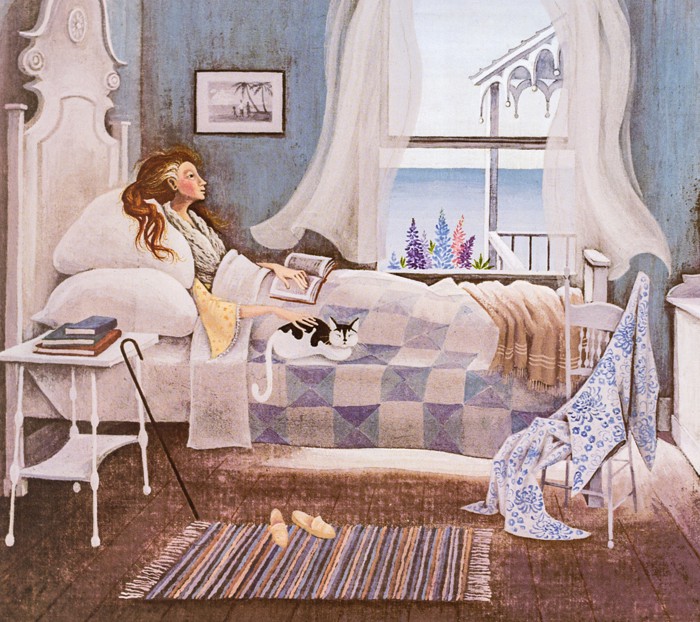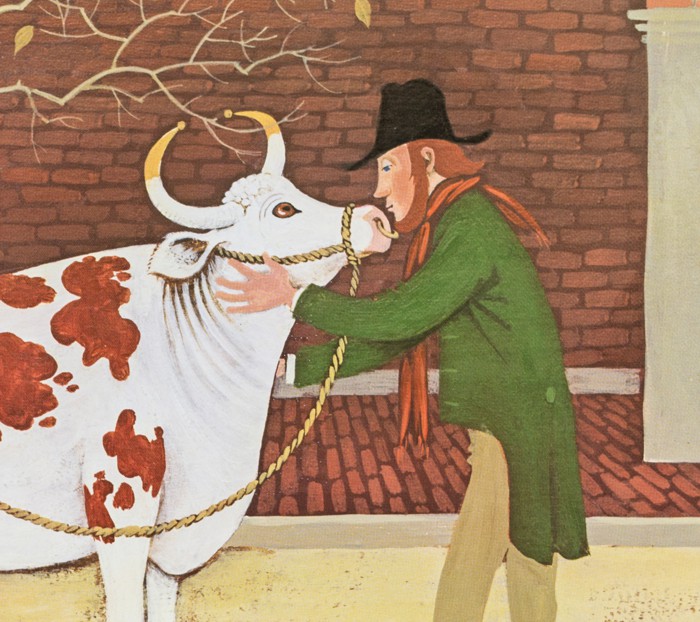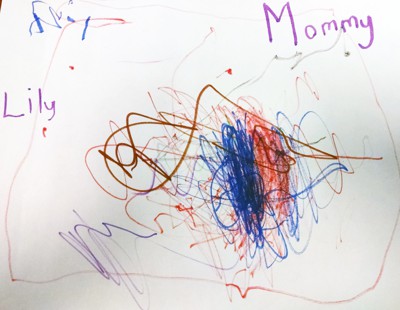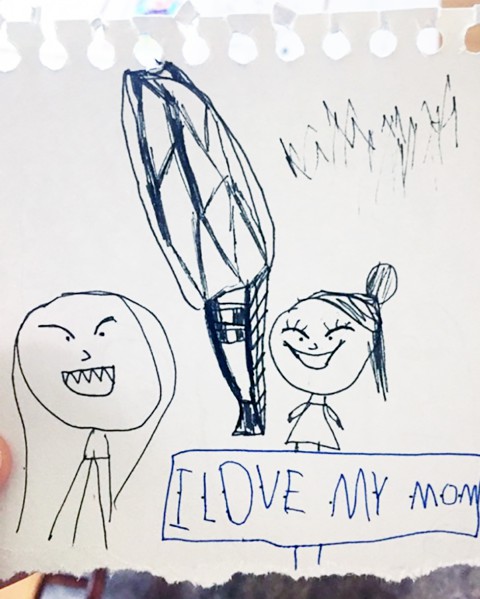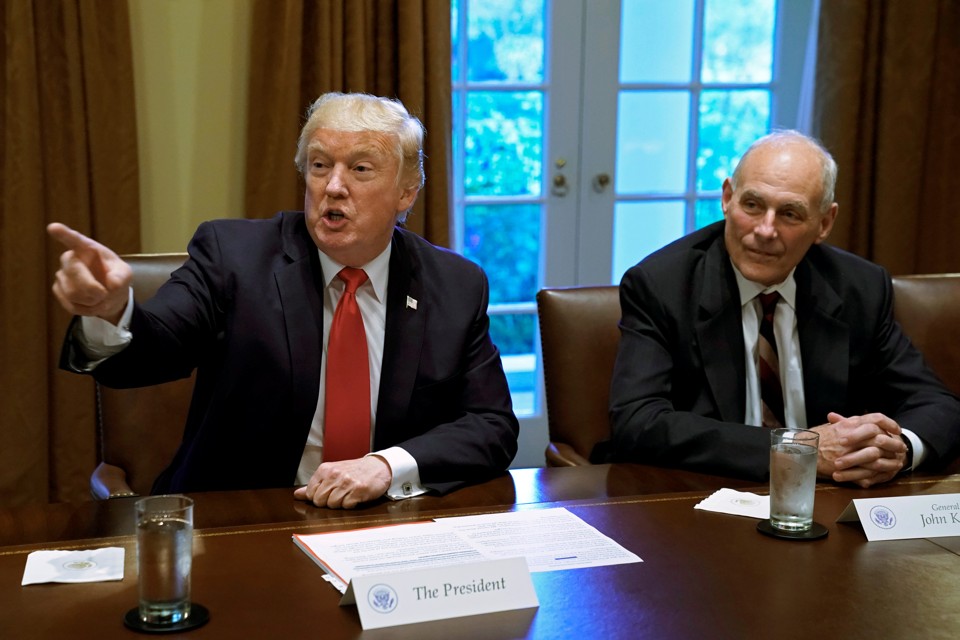
I am Mama to a 2.5 year-old tubie named Adeline, who has been tube fed her entire life. She’s had nearly every type of tube; OG, NG, NJ, G, and now GJ. Addie uses her feeding tube to receive about 50% of the calories she needs to grow, to get medication, to keep her hydrated, keep her blood sugar stable, handle some of the acid in her belly, and to even decrease vomiting and gas. Her feeding tube saves her life, but is also a real pain in the ____.
Since it’s Feeding Tube Awareness Week , I was inspired to spread awareness through imagery and quotes from other Tubies. I’ve been overwhelmed with the response I’ve gotten from my hashtag #ChangingTheFaceOfFed. Full disclosure, I didn’t completely come up with this on my own, but was inspired by the Changing the Face of Beauty campaign. It’s a nonprofit committed to equal representation of people with disabilities in advertising and media worldwide. That movement is working; the 2018 Gerber baby, Lucas happens to have down syndrome. So I’m jumping on the bandwagon of #changingtheface but I am doing it for my people, my favorites, TUBIES!
Being a tubie, it can often be invisible, under clothes, and is not always obvious. And if the tube is visible, the person may not LOOK sick. My hope is to change the perception of what it looks like to have a feeding tube through imagery and quotes. I wanted to share with the world the perspective that a tubie (or their caregiver has) about gaining nutrition. Having a feeding tube is life changing, life giving, and life altering. Without further ado, here are the faces and voices of those with a feeding tube.

Dear body,
Thank you for carrying me through decades of ill health. Thank you for enduring the pain and discomfort. Thank you for surviving the impossible. Thank you for carrying me through and waking me up every morning. It’s a struggle to love you sometimes But the good outweighs the bad. The wind in my hair, the love from my family, seeing the sunset, the ground we walk on, laughing till my belly hurts in a good way. How can I not love you?
-Renee from Renee's Fight

Having a child with a life threatening condition changes you. It brings out strength in you that you never knew you had, it makes you appreciate the little things in life, it makes you fear that every memory you make together may be your last, and it teaches you that miracles do exist.
-Author Unknown (Submitted by Ryker's Mama Shawna Ammons)

“Some girls wear bows and tubes and still look fabulous”
Kelsey Ohs from A Family of Ohs

"Nothing can dim the light which shines within."
Maya Angelou - Submitted by Kierra Michelle Brennan

When I stopped focusing on the “normal” way to feed your child and started focusing on the fact that my daughter was able to receive nutrition in spite of her conditions, I started to realize the amazing gift that this tube is. It’s not something to be pitied. It is something to be forever grateful for.
-Maddie Crawford

"The wound is the place where the light enters you"
Jalaluddin Mevlana Rumi - مولوی Submitted by Renee from Renee's Fight

It’s okay to be selfish • You’re your own best advocate• Rest your body when it needs it • Pain is temporary • Medical devices don’t make you less beautiful• Say a thanks for waking up every morning. Add love to everything you do• Forgive more
• Worrying about the future doesn’t help• It’s okay to cut family and friends out of your life• It’s okay to be negative and have down days • Don’t ignore symptoms of Sepsis• The fight is worth it
- Renee from Renee's Fight

Tube feeding is a way of life for us. We would love for it to be accepted just like breast feeding or bottle feeding because for many families tube feeding is our normal. As long as baby is fed that is all that matters in the end.
Angelina ( born at 25 weeks and 2 days)

"Your body is the vessel in which you experience all life. Think about it... every single experience you have is facilitated by this mind blowing creation of your body. Be generous to it. Don't curse it."
Unknown - Submitted by Isabelle from The Peace Within the Fight

I want people to know that being tube fed doesn’t limit anyone. I’m a teen, in high school, with a great group of friends, and actively involved in extra carricular activities. We are what a tube fed teens looks like!
Ansley McCormick

It’s easy to get bummed sometimes about having three tubies. But when I look back and see how far they’ve all come, I wouldn't have it any other way.
Erica H.

The ngtube saved my sons life
Chelsee

Lukey wants the world to know that having a feeding tube doesn’t mean you’re sick or that you can’t live a normal life. He wants the world to know that thanks to his tubie, he’s a happy and HEALTHY boy, growing big and strong while he figures out this whole eating by mouth thing! He loves his tubie and so do we!
Heather M.

This is my life! Some days are hard and I just wish that I could be a typical kid and not have my feeding tube and Broviac (I am also TPN dependent) but I know that they are saving my life! I wish people would understand we are all different but we are all beautiful! I wish people would embrace each other for their differences because being different does not make us less! Spread awareness! Feeding tubes=LIFE!
Preston Sheraw (age 14)

“the tangle is real"
- Mama of Hugh Hadleigh

Being tube fed as a teenager is hard because there’s a stigma surrounded by not eating. People are unaware that disease takes away the ability for people to enjoy, absorb & stay alive with food. Feeding tubes save lives.
Annaliese Holland

My son aspirates and needs a tube for liquids. Sometimes he will do anything to try and get a drink, going so far as to get into the dog's water. It’s heartbreaking, but it’s getting better with time. I find this feeding journey to be very isolating at times. Finding others who understand that journey makes a world of difference.
Janelle

Fed is best. My son has exceeded every expectation and does not let his tube stop him from achieving his goals.
Weston K.

"If standard of living is your major objective, quality of life almost never improves, but if quality of life is your number one objective, your standard of living almost always improves"
-Unknown -Submitted by Isabelle from The Peace Within the Fight

keep on pushing forward, keep advocating, remember you are doing what is best for your child. You would not be here if multiple doctors didn’t deem this necessary, you aren’t crazy, even if sometimes it may feel like you are.
Brylynn Quinn

The world should know that tube feeding is a different way of eating but not a lesser method. We take a different route to the source- but we get there- we are fed and that's what's important.
Meaghan Glover

Our daughter, Rowen, was born with a congenital heart defect and a condition called laryngomalacia, making bottle feeding impossible. Tube feeds have allowed her to grow and develop, which wouldn't have happened otherwise.
Nan G.

tubes are the reason I am living they are the reason I am thriving. If I couldn’t vent from my tubes I would be a lot sicker. Embrace your tube fed child because that little survivor is stronger then most people. Feeding tubes save lives.
Annaliese Holland

Tubies can be pretty picky eaters. Don't be surprised if a smash cake ends up not being smashed.
Averi

Everyone's feeding Journey is different but it all ends the same...full belly and full diaper
Amber Rojas, Mother of Amadeus Reign

Initially, finding the right formula, rate, type of feeding tube was difficult, but knowing this is what was going to keep me alive far exceeded all the difficulties we faced. “This isn't the real nutrition your body needs, it is just to keep you alive”, the doctor said. No it has far exceeded that. My feeding tube has given me the ability to follow my dreams.
Claudia Martinez

Every family wants to do what's best for their child. God has given us even more unique, yet sometimes trying, ways to show our little Arlo just how much we love him. God has given Arlo multiple hurdles along his path of eating, breathing and developing to prove his strength to the world time and time again. We feel blessed for this for this gift and know it is shaping our family for the best.
Emily Jasinowski (Arlo's Mother and Little Birch Blogger)
Photo Cred: Spottswood Photography, LLC

My feeding tube has given me life!! Although it was an adjustment getting used to I realized how much life it has given back to me by getting enough nutrition.. The world should know that having a feeding tube isn't embarrassing its something I embrace!
Aubrey A Winkie

The hardest part about her being tube fed, is Reagan is growing more aware of having the tube in her nose. The last time we had to change it, she screamed for 30 minutes after. It used to be so easy to change her tube out, now it makes me cry.
Mandee Defee

Never let anyone make you feel bad about how you feed your child. Be proud and honored that you are able to keep them healthy and alive.
Gavin Spraggins

Life is a composition of moments and seconds. They all compose a melody of precious memories. Each breathe taken may not be easy, but it is for a greater purpose: living. To live is to experience the miraculous highs, and painful lows. However, one things is for sure, this thing called living is the most spectacular experience to be had. Be grateful, be hopeful, and always live for joy.
-Isabelle from The Peace Within the Fight

The world needs to know that tube feeding saves lives! It requires discipline, patience, strength, interrupted sleep, but in the end, to hug, to hold, to watch your child live, love, grow and overcome... It is worth every minute, every mess, and every struggle.
Cheryl Macomber

We were scared at first, but tube feeding saved Mia’s life so now we love it.
Tracy Wilson

Tube fed kids are amazing! They are so brave, strong, courageous, smart, beautiful and perfect in every way. I wish people noticed them for who they are instead of how they are fed.
Andrea

It has been a beautiful fight. Still is.
Charles Bukowki
Submitted by Lauren Farmer

Feeding tubes save lives. I want to spread awareness so my daughter can feel normal walking down the street without having hairdos of people staring and pointing at her.
Aeva

When life hands you lemons, throw them in a blender, make a smoothie and feed it to your Tubie
Kendra Woodall

BOTH of my daughters have G-Tubes. At first I was scared, it was such a big commitment for them and me. Now, I couldn't imagine life without tubes. On my worst days, I remind myself that no matter what my girls are fed, who cares how they get it? They're growing, healthy, and happy; all thanks to our tubes!
Lela & Bella

God has given Arlo multiple hurdles along his path of eating, breathing and developing to prove his strength to the world time and time again.
Emily Jasinowski (Arlo's Mother and Little Birch Blogger) Photo Credit: Spottswood Photography LLC

At first I was embarrassed, but now I am so grateful for it.I want people to know that just because some of us need these tubes to survive, it doesn’t make us weird and people shouldn’t be so quick to judge. It makes us strong and brave!
Ashley @ashleys.fight

What I want to tell a tubie parent having a bad day- you are not alone! The kindness, compassion and understanding I have received from complete strangers who know how it feels is truely something special. I now consider some of these people my closest friends. So reach out- we are all on this crazy ride together!
-Amy, Mama to Evelyn

The hardest part has been letting go of what i thought ny infant would be like. The more i let go of that idea in my mind, the more i'm able to appreciate my little baby for who he is- a sweet smiley curious baby boy, who just happens to be tube fed!
Chava Bolotin

Initially I feared Jamison having a g-tube would hold him back from enjoying the full quality of life but it never stopped him from endless giggles and smiles. To the parents on their bad days, days that I had very often remembering to find normalcy was what kept me sane. It's not a matter of how they eat, but that they are eating.
Destiny Jacobs

Reason for cheesin while doing my feedin is my C.C. Moo Onesie.
Mr. Beans

Tube feeding is Hard! 24 Hour feeds, no breaks, hooked to a backback or a pole. Telling your child they can't share your food sucks. The day to day struggles get easier and become a routine and they aren't quite as hard. It gets better.
Jennifer Porter

For our family, tube fed meant the difference between being able to graduate the nicu and come home or staying in the hospital indefinitely while they learned to master bottle feeds. Tube fed meant our family could be together. I am grateful that my sons were given the option of feeding tubes so they could start life outside of a hopsital!
Sue Morales

Gastroparesis is a life stealing disease, but I'm not going down without a fight. Being tube fed allows me to take my life back.
Stephanie Wiseley

Our g tube saved us from a 54 day NICU stay. Our tube is the only reason we could safely come home as a family of four. It is the sole reason our baby can safely eat and grow, and I am eternally grateful for it. It’s scary at first, but just seven months after getting our tube, it is just part of life!
Devin Hays

We are forever grateful for our sons Gtube, it saved his life. Tube feeding isn't something to be afraid of or feel ashamed of, it is a miracle that has positively impacted many families lives and helped their children to thrive just like our son, Gabriel.
Shekinyah Mason

Tube feeding saved my little boy who can’t swallow safely anymore
Leonie #AliLissencephely

Always trust your gut over anyone else. Never stop searching for an answer for your child.

After the fear and uncertainty subsided, I’ve learned to appreciate the beauty and strength everyday in the face of this little angel
Danielle Beck

As a mama, my body prepared to feed my baby, but he can not suck. That is the hardest part for me as a woman.
Mamá de Francisco.

Mostly that people are afraid of the feeding tube. It is the best decision we have made so far for her health.
Jimmie Holt, Father of Raelyn Averie

Tube feeding has saved our son's lungs from chronic aspiration. It was a terrifying and so far from what we have ever known. Looking back, it was the best decision we have ever made.
Matty

The tube is a lifeline for many kiddos. Everyone has differences and we should embrace them.
A loving mom of a tubie

To be a tubie guarantees that your child will get proper nutrition. It's not always easy; sometimes your little will be too busy to sit still, sometimes your pump just will not cooperate, but the next time your baby is weighed, you'll be so grateful.
Magnolia Grace

Remember that when you’re having a bad day to look down at your miracle, look at that button that’s providing them the nutrients their bodies wouldn’t receive otherwise. That button is a beautiful device that lets our children strive and be healthy.
Milla(Tubie) & Natalie(mom)

I had a tough time with not being able to nurse my baby but I realized that if a feeding tube is what she needs to thrive and grow then I’m all for what’s best for her. I’ve had difficult days but great days too and it’s a learning process.
Guadalupe Kridler

A feeding tube is amazing. We have traveled the world, went to the theme parks, and on many airplanes with pump in hand. People ask we answer, but we don't let it stop us!
Kim CB

Something we always tell our daughter is that she has two belly buttons. And that she has to leave it in so that we can feed her!
Allie

Stay strong... It can be a long bumpy ride but it's worth it all.. Don't let other people make you feel like you should hide a feeding tube, it's a life line why should it be hidden?
Emily's mommy

Hardest part of tube feeding is definitely replacing the tube, another difficulty is keeping her little hands off of it !
Amelia Elizabeth

There is nothing easy about tube feeding. It comes with a lot of supplies and crazy diet plans made by professionals. We become more of nurses than mom's at times.
Crystal Williams

I have been tube fed since I was a baby (first G, then ND while waiting to switch to GJ). I hate when others automatically assume that it’s negative or gross. Of course, I’d rather not need it, but without out it, I wouldn’t be here today. Being alive is a pretty great thing.
Liz Randolph

Fed is best. As long as baby is full and happy it should not be looked down upon on how they get their food. We support tube feedings
Remington

“who and what you are will be determined by you, not your circumstances.”
Unknown - Submitted by Lauren Farmer

It was hard to see him have a tube in but one day I was able to watch them put a new tube in and he barely flinched. I was so worried about it but he really didn’t mind! (Except he hated that tape mustache).
Blair Schroeder

I would love people just to ask me why evie has a tube and not to stare !
Gina

"This feeding tube saved her life and is her lifeline. It’s my absolute best friend and simultaneously, my worst enemy."
-Lauren Wilson

my feeding tube doesn’t define me! I am still the same girl, friend, adventurous teenager as I always have been. only better now because my tube gives me a way to continue to thrive and live safely and independently! It’s nothing to be afraid of, tubes may look strange to people who have never had to deal with them before, but if you have questions just ask!
Lauren Farmer

The NG tube was a literal life-saver for our daughter, Leah. It enabled her to gain every precious pound required for her kidney transplant.
Julie P.

It’s not an easy life but it’s what our little one needs to be happy and healthy which then gives us parents, happiness. We do what we have to, to assure our sons lives to the fullest.
Rykers mom & dad

It may be hard but god only gives his hardest battles to his strongest soldiers.
Taylor

Just because I have a feeding tube doesn’t mean I can’t try some cake!
Ellie Henebury

The feeding tube changed my son’s life. He aspirates and was sick often with respitory issues. He is a healthy 2yr old now and is able to breath easier.
Leah

Sometimes, I can tell people are staring at my tube. I try not to let it get to me. I encourage questions, so I can educate others and show them it’s okay to be different.
Jackie M.

Getting a G-tube has allowed us to live a more normal life and more importantly outside of the hospital!
Sarah Klein

This NG tube was the vessel in which our baby was lovingly fed. It was what made it possible for him to come home from the NICU to be with his family. It is what kept his body going while he learned how to feed by mouth for the first 5 months of life.
Kassy

I would people to understand unsolicited advice is unnecessary. I hear of so many caregivers who struggle with how to respond to suggestions to make their child "just eat" when it is not that simple.
C. Alley

Fed is best no matter what that may look like. These babies are miracles, whom have to work harder than anything to just survive.
Brylynn Quinn

A feeding tube saved my baby. His health is so much better now. Some days are rough, but it's what's my best for my child. Fed is best.
Stella Kelley

Tube feeding quickly becomes the new normal. We do our best not to let it slow us down. When poles/bags are forgot, we improvise!
Averi

"You will look back on therapies, appointments, sleepless nights, tears, triumphs, milestones, equipment, ignorance, struggle, strength, and you'll say with certainty... IT WAS ABSOLUTELY WORTH IT" (Special Needs Parenting)
- Special Needs Parenting submitted by Mackenzie Bailey

The world should know that getting a feeding tube isn’t by choice. You need it to live.
Kara Osmond

Having a tubie has been a blessing with many challenges. I have learned to put my shyness aside and be the voice of my baby. I have grown to realize that the only way I can protect my baby is to advocate for him regardless if I am constantly being rejected or unheard
Missie

Our little man is Growing and Living life to the fullest, because of the feeding tube.
Lisa Mounayar

It is not desirable, ideal, convenient or easy. It is a difficult and often lengthy road. But a truly good and loving parent will do whatever is necessary to ensure their child is nourished and properly fed.
Laura Valdez

Tube fed kids are superheroes! My daughter has been through so much, but you wouldnt know it by her big smile and constant laughter.
Andrea

every child is gifted , they just unwrap their packages at different times
-Erita James

The future is worth it. All the pain. All the tears. The future is worth the fight! #gratefulformytubie
Amelia

If you ask my 4yr old what his button is he will reply his "life button" Why you ask? Its life changing and life saving for him and he is so proud of it.
Courtney

Before I became sick I never thought I would need a feeding tube, and when the doctors told me I would die without one I was still so against it. What would people think of me? Would I get made fun of? I don’t want this thing on my face... But I’ve realized that feeding tubes save lives and don’t ever be ashamed to get yourself the nutrition that you desperately need. Feeding tubes save lives.
Anna Grace

Schedules can be hard and complicated, and going somewhere now takes a level of planning I had never imagined. All I have to do is look at my daughter's smile and it makes all the effort completely worth it.
Kimberly Soper

Before Syd got a g tube I worried constantly about her weight and nutrition. Now, I know she's getting everything she needs and she's grown so much. All of the related struggles are worth it to see her healthy and happy.
...
